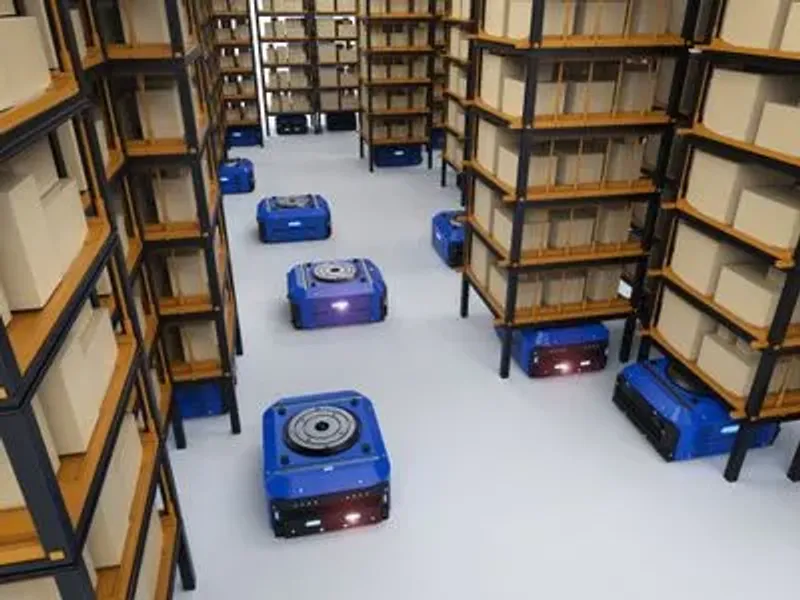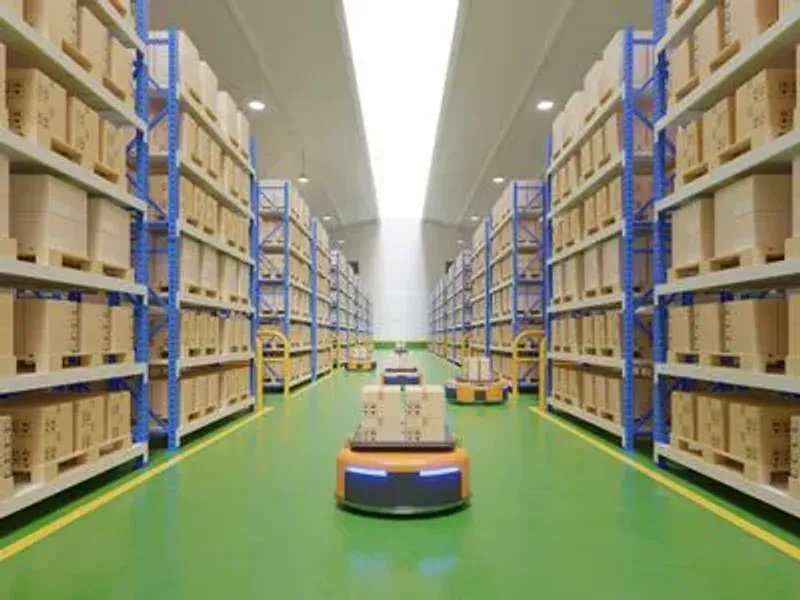Automated Guided Vehicles

Easy Scaling and Adaptation to Changes
These automated systems can also be easily scaled and make it possible to react to spontaneous changes, such as market fluctuations, and to adapt the processes accordingly. Driverless transport systems are particularly helpful in process optimization to reduce production times. Meanwhile, the systems are not only used for the pure transport of goods, but are also increasingly used in order picking. In retail or wholesale, for example, orders are picked individually for each customer and goods are loaded from various storage locations. In use, the technical design is particularly decisive for the success of the automated system. Here, the systems differ especially in navigation and orientation in space. According to these factors, the different models offer different advantages. A driverless transport system controlled by magnetic or inductive guidance over the ground area is one of the simplest and most cost-effective variants, but at the same time it is associated with higher maintenance costs. This is different with transponders or magnets for grid navigation. Laser navigation is currently one of the most modern models. With this variant, however, not only the investment costs are very high, but also the maintenance costs.

Driverless Transport Systems as the Heart of an Automated Warehouse
Driverless transport systems are the heart of an automated warehouse. A driverless transport system is a means of transport that has its own traction drive and is controlled automatically. Such systems assist employees in pulling or carrying goods and do not require human guidance. Automated guided vehicles are floor-based and can be used inside buildings as well as outside and in outdoor facilities. The design of these systems is extremely flexible, allowing them to be used in working areas with human traffic, but also in fully automated areas. Therefore, it is possible to adapt the driverless transport systems to the respective task areas without any problems. Driverless transport systems vary, among other things, in their load limit but also with regard to their speed. The advantage of driverless transport systems is not only the basic flexibility but also the possibility to integrate them into existing warehouse processes without any problems. The driverless transport systems move along rails or magnets in the specified aisles and thus integrate themselves into the ongoing operation. Because the systems can be individually designed, the areas of application are also more or less unlimited.